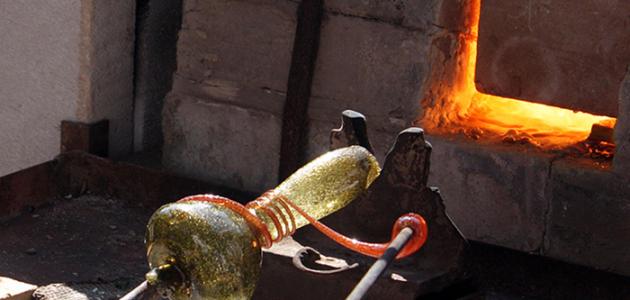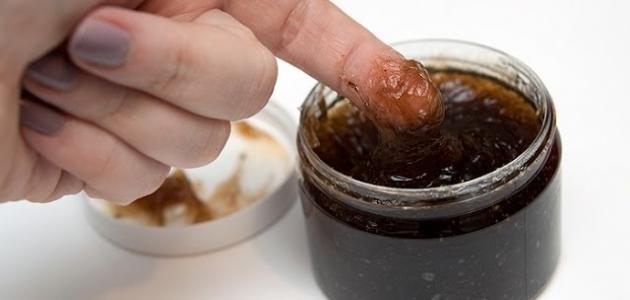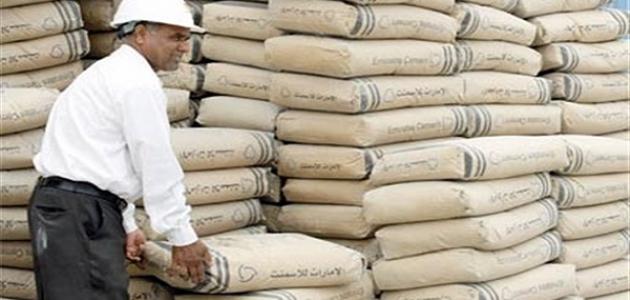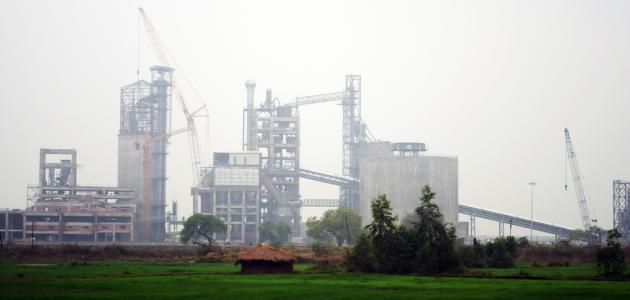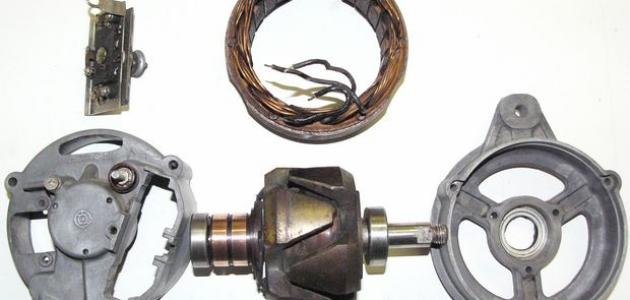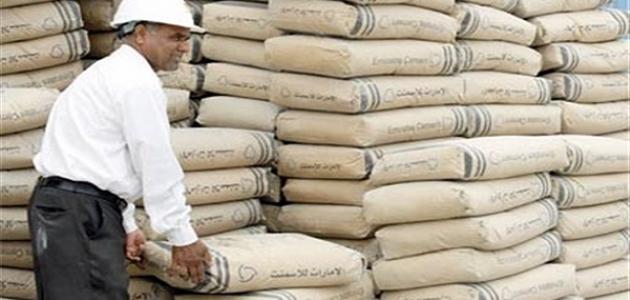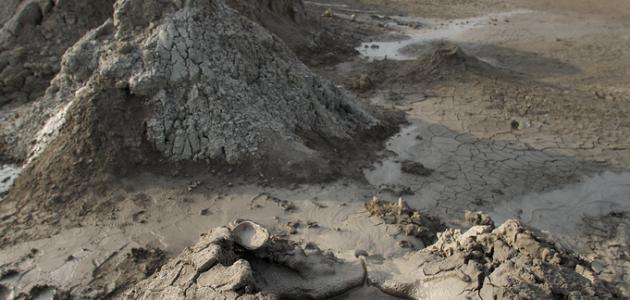the glass
Glass in the language means: tenderness in a thing, and its origin is (zajj) which means: bottles, and the glassmaker is: the person who makes glass, and shapes artifacts from it, as he is the owner of the bottle craft. Glass is a terminology: a material from which beautiful, delicate products are made. The main material used in its manufacture is silica, which is considered a type of clay composed of sand dough found in the layers of the earth. Silica is mixed with soda ash (sodium carbonate), which is known to the Arabs as (ghassoul). Limestone, lead oxide, or potash are added to the mixture, then the mixture is entered into special ovens with very high temperatures. To melt the mixture and shape it according to the desired shape and use.
Glass is considered an important material in human daily life, noting that it is used in many fields, such as: manufacturing drinking vessels, window glass, and eyeglass lenses that are used; To correct vision defects, in addition to the jewelry and accessories that are worn.
How to make glass
The glass making process goes through several stages, before it is presented in different forms and uses. These stages are mentioned in detail below:
- Raw materials and tools: The basic raw materials used in making glass are: sand, limestone, soda ash (sodium carbonate), and borax. These materials are considered dry powders in nature, but they may transform into another state or form after being treated with methods and methods. Especially during the glass manufacturing process. It is worth noting that glass factories in general are not similar to other factories. It contains large barrels, very high-temperature ovens, and silos that are used; To preserve raw materials, the roof of these factories contains huge vents for ventilation, in addition to huge chimneys that release the very high heat necessary to transform dry raw materials into a white, liquid, hot substance.
- Mixing raw materials: Dry raw materials are stored in huge silos after they reach the factory by railway cars. The raw materials are mixed with each other automatically, in specific proportions, then an amount of glass crusher is added to the mixture of materials at a rate of 5%-40%. Note that glass crusher is recycled glass, or glass waste of the same type of glass that is to be manufactured, and the primary goal of adding it to the mixture of materials is to reduce the amount of heat needed to melt dry raw materials.
- Melting of raw materials mixture: After the process of mixing the materials is completed, the mixture is transferred to the melting units, using carts or carrying utensils. The melting units may differ from one factory to another depending on the type of glass to be produced. The mixture may be melted inside refractory jars that can hold 1400 kg of the mixture. These jars are heated by oil or gas, and the glass resulting from the melting process is used to make optical glass and refractory glass. The mixture may be melted inside large tanks called ( Today's tanks); Because the smelting process lasts for a whole day, and these tanks can accommodate a quantity ranging between 1-35 metric tons of glass. The mixture is also melted inside huge furnaces known as (continuous tanks), and these tanks can produce flat glass in a quantity ranging from 360 tons. 540 metric tons, and it can produce vessel glass in quantities ranging from 45-270 metric tons, while most other types of glass are produced using smaller tanks.
- Glass formation: This process is done in four main ways:
- Blowing: In the past, glass blowing was done by dipping an iron tube, ranging in length from 1.2-1.5 meters into the molten glass mixture, where one of the workers blew lightly into the tube until the glass began to show the desired shape, and the worker controlled the shape of the glass by stretching it, twisting it, or cutting it. After reaching the final shape, the end of the iron tube is broken. Recently, the blowing process has become carried out in molds made of iron, by hand, or using machines.
- Pressing: The process of forming glass is carried out by constantly pressing a hot glass block placed in a mold, by hand, or machines until the block becomes widespread. To be shaped later into the desired shape, the glass products resulting from this method include: lenses, cigarette ashtrays, and baking dishes.
- Withdrawal: Flat glass, glass fibers, and glass tubes are manufactured by drawing a wide mass of the molten mixture into a tank of molten tin, and the temperature of the tank is controlled. To melt any roughness in the glass, and after reaching the desired shape, the glass comes out shiny on both sides, and does not need polishing.
- Casting: Glass used in architectural affairs is produced by pouring the molten mixture into special molds using ladles, or directly from the kiln, and the glass is shaped according to the shape and required use.
History of glass making
Before the emergence of the glass industry, people used natural glass materials, such as black volcanic glass known as (obsidian), which was used in the manufacture of weapons and jewelry. It was also used as a currency for commercial exchange. It is likely that the glass industry first appeared about three thousand years before Christ. In what is called the process of glazing pottery vessels, it is worth noting that the manufacture of the first pottery vessels was carried out by the Egyptian Arabs, and then people began to manufacture colored glass used in ornamental vessels and jewelry, but the glass industry at that time was very expensive and was completed very slowly. Therefore, glass was rarely acquired by the general public, and by 30 BC, the Arabs were able to invent the blowing tube, which is used to transform glass into an onion-like shape. To be transformed later into the desired form, knowing that glass was used at that time. To preserve wine, oil, and honey. In the thirteenth century AD, Europeans were able to manufacture colored window glass with delicate and beautiful decorations. The glass industry continued to develop until it expanded greatly, as it became manufactured in large quantities and at low prices, in various Areas of life.
Read also:Types of solar cells